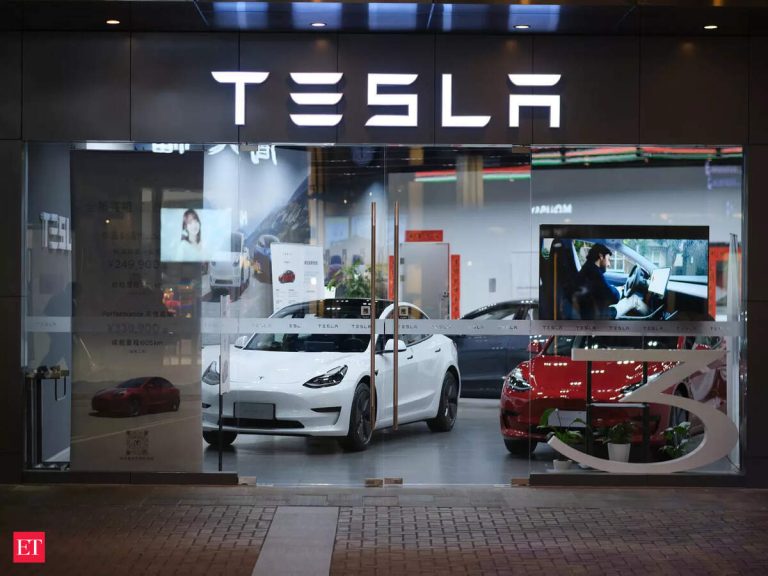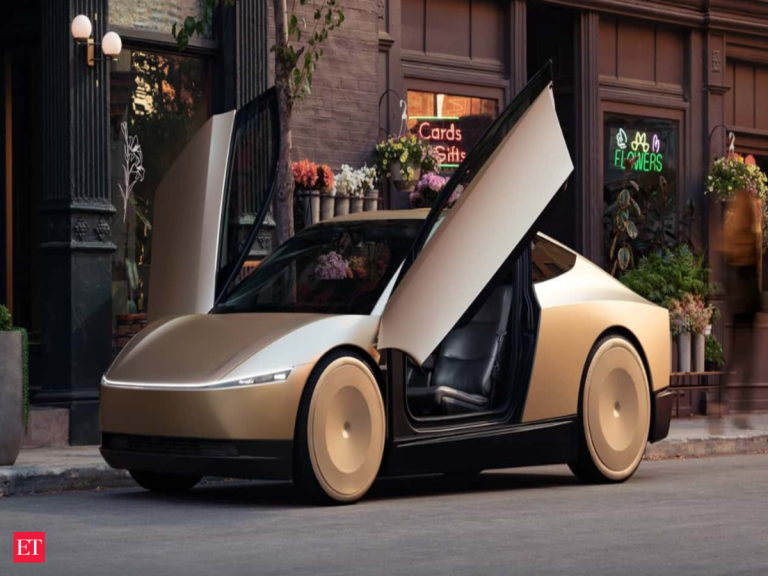Urban Green Spaces: The Future of Outdoor Living in European Cities by 2025
Introduction to Urban Green Spaces
Urban green spaces are becoming increasingly important in European cities as they provide a range of benefits for both the environment and human health. These spaces, which include parks, gardens, and green roofs, help to mitigate the effects of climate change, improve air quality, and provide habitats for wildlife. In this article, we will explore the future of urban green spaces in European cities and how they will shape the future of outdoor living by 2025.
The Benefits of Urban Green Spaces
Urban green spaces have numerous benefits, including reducing the urban heat island effect, managing stormwater runoff, and improving mental health. They also provide opportunities for recreation, socialization, and community engagement. Additionally, green spaces can help to reduce pollution, improve air quality, and support biodiversity. With the increasing urbanization of European cities, the importance of these spaces will only continue to grow.
Current State of Urban Green Spaces in European Cities
Many European cities are already investing in urban green spaces, with some notable examples including the High Line in London, the Jardins de Luxembourg in Paris, and the Park Güell in Barcelona. These spaces are not only popular tourist destinations but also provide important ecosystem services and help to improve the quality of life for city residents. However, there is still much work to be done to ensure that all European cities have access to high-quality green spaces.
Future Developments in Urban Green Spaces
By 2025, we can expect to see significant advancements in urban green spaces, including the increased use of green roofs, walls, and urban forestry. There will also be a greater focus on community-led initiatives, such as community gardens and urban agriculture projects. Additionally, the integration of technology, such as smart city initiatives and green infrastructure, will become more prevalent. This will help to create more sustainable, resilient, and livable cities for all residents.
Conclusion
In conclusion, urban green spaces are a vital component of European cities, providing numerous benefits for both the environment and human health. As we look to the future, it is essential that we continue to invest in and develop these spaces, incorporating new technologies and community-led initiatives. By doing so, we can create more sustainable, livable, and thriving cities for all residents, and ensure that urban green spaces remain a priority in European cities by 2025.






